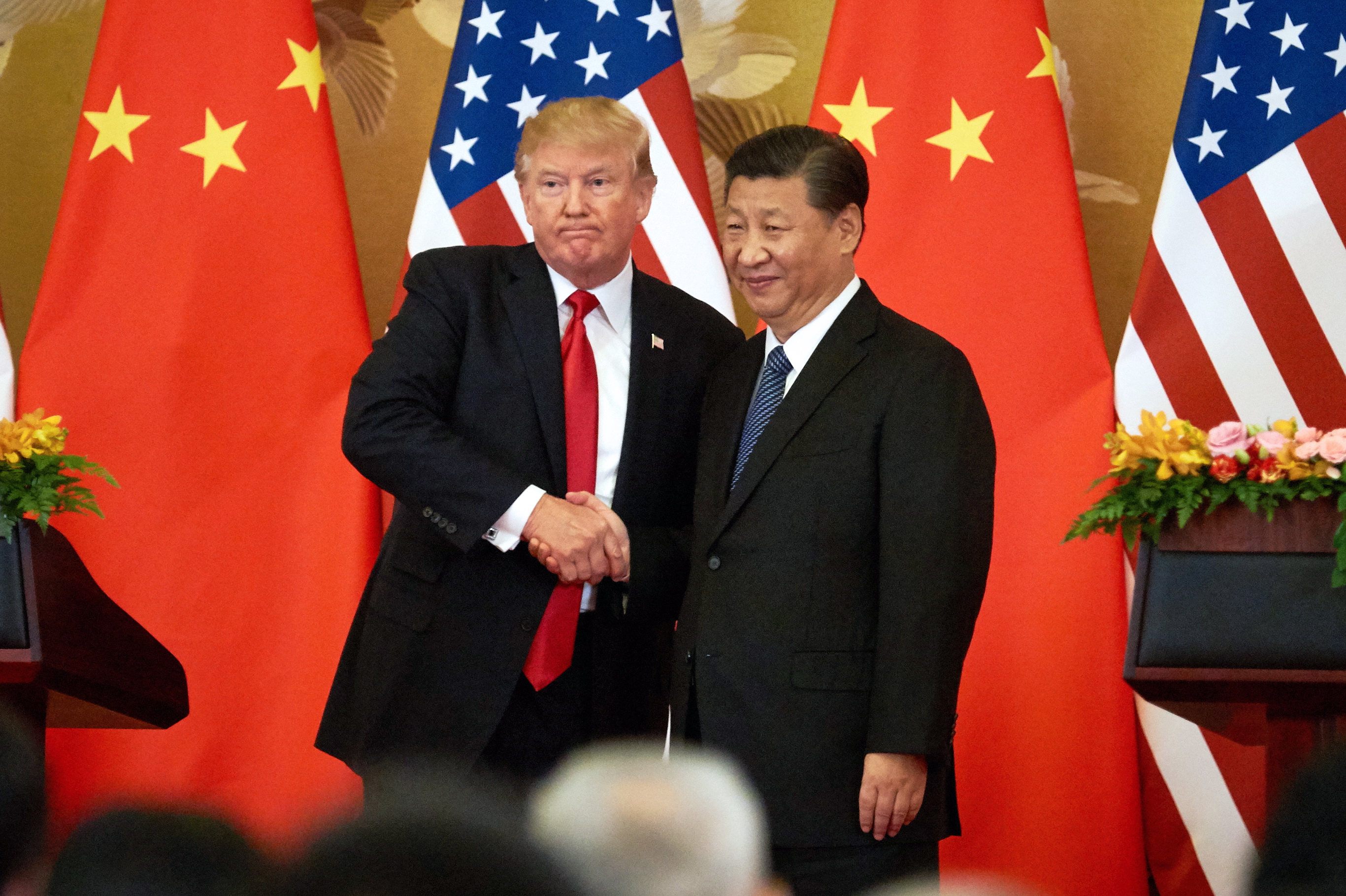Images of North Korean leader Kim Jong Un and South Korean President Moon Jae-in meeting and shaking hands are the stuff of history books, their passionate statements committing to peace and denuclearization reassuring after months of escalated tensions.
The Koreas have had an adversarial relationship for decades, and Friday’s summit is the third such meeting, with similar statements being made, in 2000 and then again in 2007.

Still, The Panmunjom Declaration makes heady promises: to cease all hostilities; to reunite families separated for some seven decades; to cooperate in addressing humanitarian issues; to work on totally denuclearizing the Korean peninsula; and to build infrastructure that would achieve all of that.
There’s also skepticism as to whether Kim is in fact giving anything up (as President Donald Trump boasted he had done on Fox & Friends on Thursday) given the reports that its nuclear testing facilities have collapsed.
Nonetheless, the optics of this meeting were great, especially given the ratcheting up of tensions between North Korea and the United States in the past year: Pyongyang tested a number of missiles and even tested a nuclear device underground in November, while President Trump, who might meet with Kim in late May or early June, repeatedly threatened North Korea, and U.S. ambassador to the U.N. Nikki Haley even said Pyongyang was “begging for war.”
The extent to which there is a will and way to achieve what the declaration set out remains to be seen. Past efforts have fallen apart after political shifts on either side of the border. There are still a lot of unknowns, and a big one is what the U.S. role in the region could look like moving forward.
U.S. presence in the region
North Korea has seen the U.S.-South Korean joint military exercises as a threat and act of hostility at its borders for years, often using them as a justification for developing its nuclear and ballistic missile programs. Meanwhile, the United States and South Korea view the exercises as standard — what allies must do to ensure readiness.
It’s not clear whether the text of the declaration will be interpreted to mean that the military drills between the United States and South Korea might cease. It’s also unclear if peace on the peninsula (assuming it has been achieved) will then remove the justification for U.S. military presence in South Korea, where the United States has army, air force, and navy bases — a total of 15 holding about 25,000 troops.
If tensions do ease on the North Korean front, there’s also the question of how U.S. alliances could shift.
For starters, the Trump administration’s relationship with China is one that might come into sharper focus. This agreement could prove to be especially beneficial for China, which shares a border with North Korea and would likely be a signatory to any final deal that involves the United States. China could demand that the United States leave the Korean peninsula.
President Trump has repeatedly criticized China — North Korea’s largest trading partner — for helping Pyongyang skirt international sanctions, and imposed secondary sanctions on China for those violations.
Trade between China and North Korea grew almost 40% in the first quarter. So much for China working with us – but we had to give it a try!
— Donald J. Trump (@realDonaldTrump) July 5, 2017
China, in turn, responded angrily. Foreign Ministry Spokesman Geng Shuang accused Trump of enforcing a “long-armed jurisdiction,” adding, “We have already lodged stern representations with the US side about this issue.”
But the Trump administration went further, applying tariffs to some Chinese goods (with China retaliating), while at the same time asking for China’s continued cooperation with North Korea.
There’s also worry about China’s increasing activity in the South China Sea, where it has been building islands and turning those islands into military bases in a bid to lay claim to one of the world’s most valuable trade routes. As the Sydney Morning Herald notes, this means that “the most serious confrontation yet between China and the US could be looming.”
Indeed, the Trump administration has been increasingly concerned about China (and Russia), highlighting it as “a strategic competitor using predatory economics to intimidate its neighbors while militarizing features in the South China Sea” in its first National Defense Strategy.
Still, despite his harsh words for China in the past, President Trump took to Twitter on Friday to thank Chinese President Xi Jinping for being a “good friend” to him:
Please do not forget the great help that my good friend, President Xi of China, has given to the United States, particularly at the Border of North Korea. Without him it would have been a much longer, tougher, process!
— Donald J. Trump (@realDonaldTrump) April 27, 2018
This might mean that the United States won’t actually scale back its military presence in South Korea, especially as some key partners — including India — have proven reluctant. India has had its own issues with China, when the two countries engaged in a tense standoff over Bhutan in July.
Plus, the trade war between the United States and China could hurt India’s economy. In fact, Chinese President Xi Jinping and Indian Prime Minister Narendra Modi met on Friday in a bid to rebuild relations and strengthen their trade partnership.

